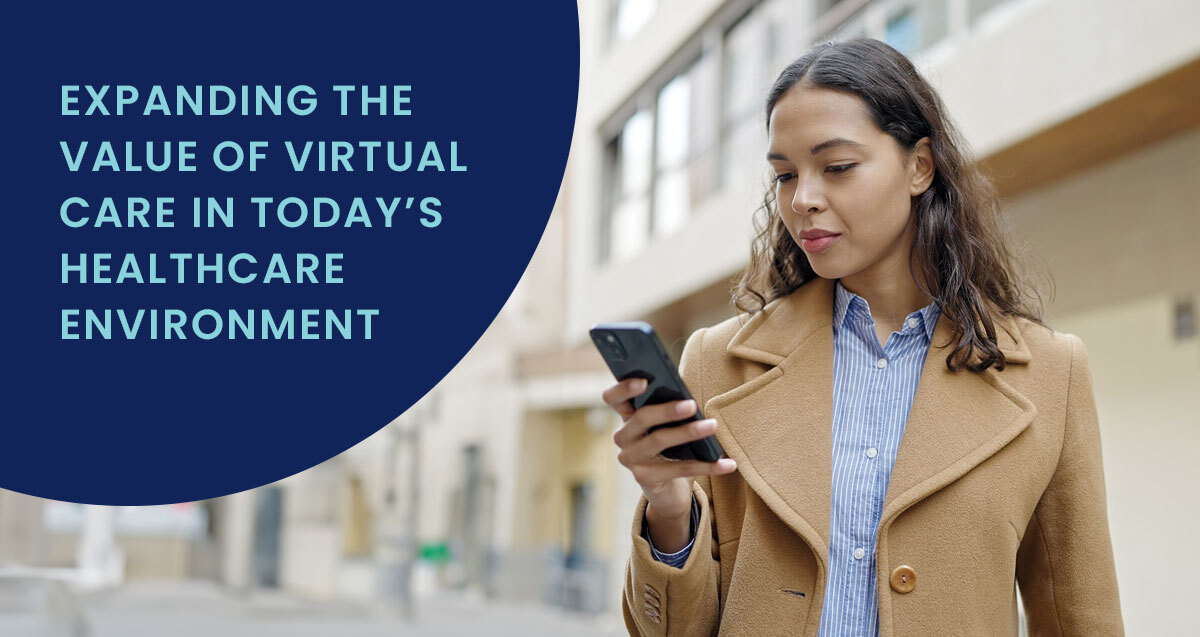
1. Improve Telemedicine Access for Rural Communities
THE BARRIERS
Rural areas throughout the U.S. face daunting challenges when it comes to accessing healthcare services. Healthcare disparities abound:
- A shortage of primary care physicians and other healthcare providers.
- Lack of access to specialists and alternative points of care like diagnostic labs.
- Ongoing closures of financially precarious rural health systems, jeopardizing quality of care.
- Higher levels of poverty, and higher concentrations of those who use Medicaid programs.
- A higher percentage of older adults on Medicare, many beset with chronic conditions.
With these disparities in mind, telemedicine is poised to deliver some much needed benefits to rural areas but is severely hampered by a lack of reliable access to broadband.
Why is this a problem? Because most telehealth providers simulate traditional brick and mortar office visits in virtual form, using video to enable real-time, face-to-face consultations between patients and clinicians. To do so usually requires a high-speed broadband connection, which can be in short supply in rural communities.
THE OPPORTUNITY
Synchronous telehealth services that rely on video aren't the only option for remote patient care. Asynchronous telehealth technologies like text messaging can provide telemedicine to underserved populations that may not have reliable high-speed internet access.
Text-based and other mobile health (mhealth) solutions can provide rural communities with instant access to board-certified physicians who provide a range of services, including primary care, behavioral health counseling, and prescribing medicine. All without the need for internet access or a long commute to a healthcare provider.
Rural retailers in particular can benefit from text-based telehealth by implementing telehealth programs that their employees can use at work, at home and anywhere in between.

2. Make Telemedicine Access Convenient For Everybody
THE BARRIER
Accessing traditional telemedicine services may be relatively easy for people with flexible work-life schedules who can book an appointment, and find a private space in which to provide their confidential health information and to conduct the consultation.
But what may be easy for some can be difficult for others.
Consider all the "deskless" workers with jobs in fields like education, energy, heavy industry, transportation or retail. Their jobs don't usually have easy access to a quiet, private environment. For example, they may work in a factory setting or on the showroom floor of a retailer; environments not particularly conducive to patient privacy or HIPAA compliance.
People in these professions often have very structured workdays and may not easily find a convenient time to schedule an appointment. Think about a teacher who may be actively engaged with students for much of the day, with a very short break for lunch. Her flexibility to participate in a video telemedicine session is limited.
THE OPPORTUNITY
Asynchronous telemedicine services, particularly text messaging solutions, may be a better option for mobile and deskless workers. Text messaging can conform to the rhythm of their day, allowing them to stop and start consultations with telehealth providers as their day allows.
Think back to the above example of the teacher. With a text-based telemedicine application, she could discreetly consult with a healthcare provider while her students complete a test. Similarly, a cashier could communicate with a clinician whenever there was a lull in customer activity. In these scenarios, healthcare delivery revolves around that patient’s availability, not the provider’s.

3. Make Telemedicine More Affordable
THE BARRIER
Accessing traditional telemedicine services may be relatively easy for people with flexible work-life schedules who can book an appointment, and find a private space in which to provide their confidential health information and to conduct the consultation.
But what may be easy for some can be difficult for others.
Consider all the "deskless" workers with jobs in fields like education, energy, heavy industry, transportation or retail. Their jobs don't usually have easy access to a quiet, private environment. For example, they may work in a factory setting or on the showroom floor of a retailer; environments not particularly conducive to patient privacy or HIPAA compliance.
People in these professions often have very structured workdays and may not easily find a convenient time to schedule an appointment. Think about a teacher who may be actively engaged with students for much of the day, with a very short break for lunch. Her flexibility to participate in a video telemedicine session is limited.
THE OPPORTUNITY
Asynchronous telemedicine services, particularly text messaging solutions, may be a better option for mobile and deskless workers. Text messaging can conform to the rhythm of their day, allowing them to stop and start consultations with telehealth providers as their day allows.
Think back to the above example of the teacher. With a text-based telemedicine application, she could discreetly consult with a healthcare provider while her students complete a test. Similarly, a cashier could communicate with a clinician whenever there was a lull in customer activity. In these scenarios, healthcare delivery revolves around that patient’s availability, not the provider’s.





